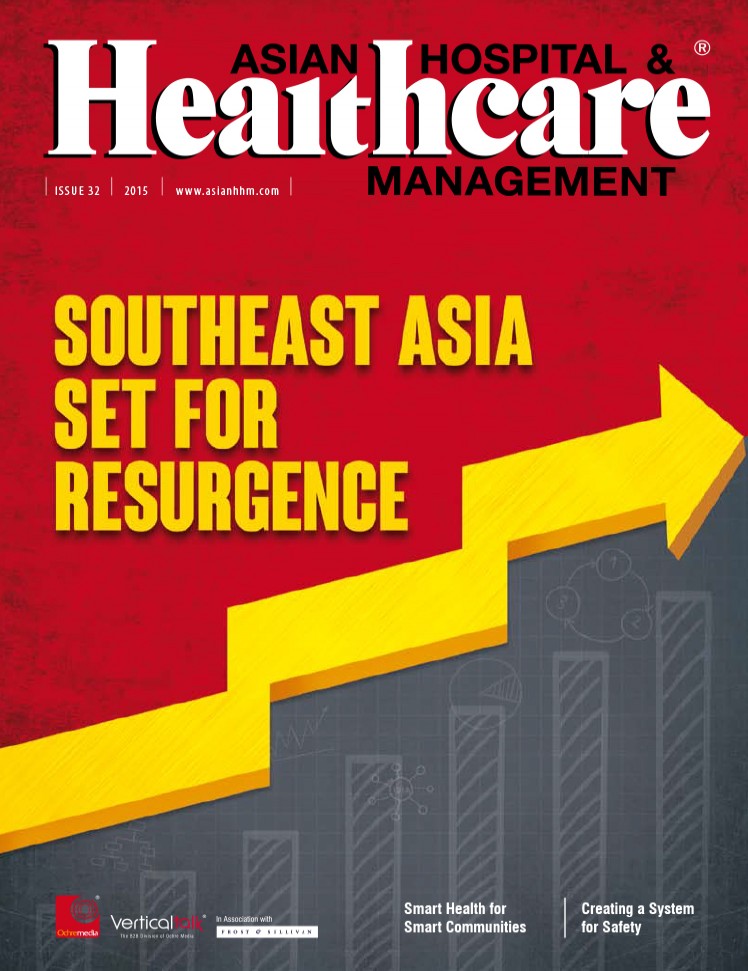This Healthcare Magazine is the source for a plethora of unique Healthcare articles. Several notable figures in the medical industry, from top med schools and hospitals are featured in the Medical Sciences section, with their expert knowledge of the field.

Rapid economic growth and growing populationhave combined to create a critical situation forSoutheast Asian governments Even as thespending on healthcare systems in the regionhas increased with the increase in incidences ofadverse health conditions it looks like demandis outstripping the supply of healthcare in theregion
The healthcare delivery market in Southeast Asia valued at US billion remains significantly underpenetrated and underprepared This is reflected in the high growth rate of per cent clocked yearonyear The region accounts for per cent of the worlds population and per cent of the worlds disease burden yet commands only per cent of glob
The movement to grow Accountable Care Organisations ACOs in the United States is now more than member strong As we move from an economic system based on feeforservice and volume to one based on paying for quality and value many changes will take place The changes are expanded culture of quality and accountability creation of new business models ide...
A new paradigm for determining diagnosis and prognosis is evolving that is set to revolutionise the way patients are managed thereby increasing effectiveness without compromising productivity or quality of care provided It is called practising evidencebased medicine Clinical practice is changing due to rapid advance
Next to healthy intact skin medical gloves are the first line of defence against infectious pathogens providing a protective barrier for both the healthcare provider and the patient The World Health Organization WHO the US Occupational Health and Safety Administrations OSHA Bloodborne Pathogen Standard the European Agency for Safety and Health at W...
Healthcare providers are under increasing pressure in todays society populations are expanding at an unprecedented rate and many people are living longer With demand for the services on the rise hospitals strive to meet their patients needs and expectations for highquality treatment without compromise However the risk of Healthcareacquired Infec
Is the existing environment sufficiently suitable for practising a better healthcare system What measures have to be taken for better outcomes In order to build a system of safety we must first all agree as to what we mean by patient safety As with any work unless we agree to a common definition and understand
At Gundersen Health System we define health of the populations we serve to include physical and mental health social wellbeing and the fiscal health of our communities We are so convinced that this should be a part of responsible healthcare and thus been embedded in our strategic plan and is a measured integral part of how we accomplish our goals T...
That healthcare is absolutely essential even for sustenance is well known Water management energy management building automation transportation every single item in the formation of a smart city presupposes healthy individuals in the smart community Attention to smart healthcare in is therefore not a luxury but an absolute